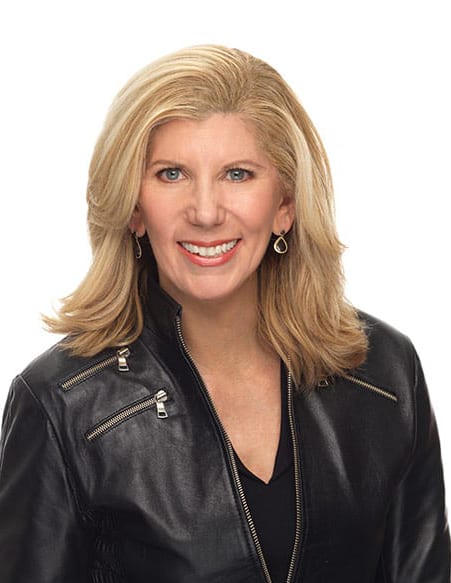![]() My family consists of myself, my husband, my college-aged son and high school-aged daughter — each of us addicted to our mobile devices in varying degrees. My husband ranks at the bottom of the scale — and we could argue over which of the remaining three holds the top spot as mobile monarch.
My family consists of myself, my husband, my college-aged son and high school-aged daughter — each of us addicted to our mobile devices in varying degrees. My husband ranks at the bottom of the scale — and we could argue over which of the remaining three holds the top spot as mobile monarch.
I have certainly read my share of articles on content, experiential, social, etc. and what fuels those eye-popping engagement numbers. Many experts are using the term FOMO (fear of missing out) as the underlying driver that keeps us all connected to our devices. But I’m not sure if that tells the whole story. As I look at my own family, it’s hard to identify any one driver underlying our mobile/social use across the board. Are we truly afraid of missing out, or are we just taking part in a fast-moving society where your online reputation comes from being in-the-know? And at the end of the day, does it really matter? (click to tweet)
For marketers, it does matter. Brands design and test content to ensure its shareability. I think social sharing is less about FOMO and more about the ageless motivation of socially impressing our friends and peers. We demonstrate our intellect by retweeting thought-leaders, or our sense of adventure by posting photos of ourselves jumping out of planes (like my son) or riding an elephant (like my daughter). Those of us into food share new dishes, recipes or restaurant recommendations, and we get to see how our opinions resonate among our followers in real-time.
The digital platform du jour is Snapchat, where messages (or Snaps) disappear as quickly as they are sent, depending on how you share them. But, even with an app predicated on fleeting moments, users can still discover content at their own speed. Whether you are sharing with a user group or by making it part of “your story,” followers aren’t missing out on anything, and will ultimately view and engage with content on their clock — not yours.
Yes, I acknowledge the research that the fear of missing out is real, but I don’t think that’s what brands should focus on. The goal should be engaging with consumers so they want to share. Whether it’s a new meal, a new product or a new experience, we as consumers are all looking for ways to educate, excite involve or inspire our network of family, friends, peers and even strangers — and that’s what brands should focus on. Consumers are bombarded with content from all angles, and brands have been challenged to design content that makes consumers feel special, are visually compelling with a “wow” factor” and moves consumers emotionally.
Our job, whether it’s in public relations or advertising, is to earn engagement. To me, that starts not with FOMO, but with something I like to call LOOI (pronounced: Louie): a Life Of Opting In. Users want to opt-in, to share, to make connections with both contacts and companies — but they also want to maintain control by dictating how and when they choose to engage, even with brands. I believe leading with LOOI’s impact in mind can shift the paradigm to one that is more inclusive and multi-generational. It doesn’t mean we should forego vertically targeting audiences with compelling content. It does mean, however, that a brand’s followers are more interested in being a part of the family — a member of the inner-circle — and less worried they’ll miss out on something exciting. I believe this is a more relevant driver than FOMO, and that it will lead to stronger brand loyalty in the long run.
